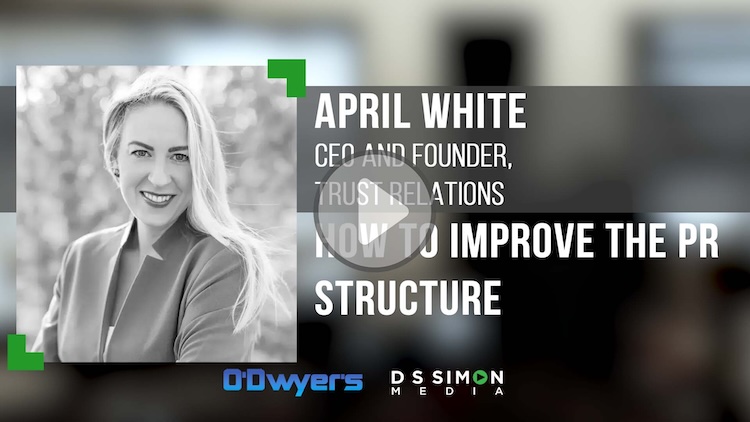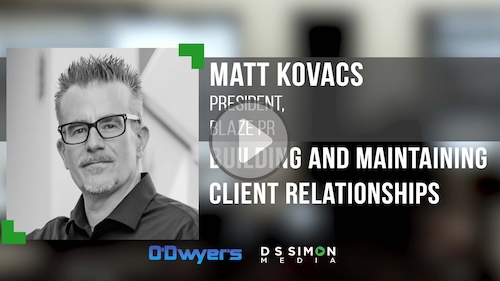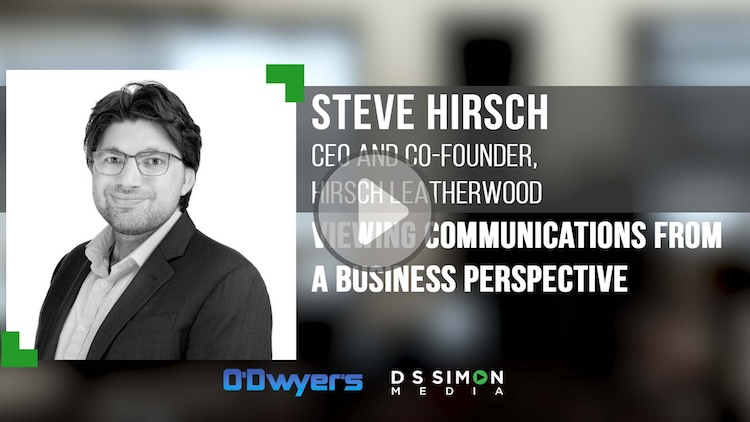The difference between misinformation and disinformation, IPR president and CEO Tina McCorkindale tells Doug Simon, is one of intent.
"Misinformation is simply just wrong information," McCorkindale says, "whereas disinformation is deliberately misleading or false information, meaning that the sender has intentionally tried to deceive the receiver into what the information actually is."
If communicators are trying to "correct a factual error in the media, sometimes that's a little easier because you're both working toward mutually beneficial goals where if you have someone who's out to harm the organization or harm the individual, that's where the intention actually plays a much larger role in how willing they are to change."
She says that the strategies for handling these situations remain pretty much the same across the agency/in-house divide: "It should be a fairly similar playbook that just depends on whatever the context or the situation is that comes up."
McCorkindale also says it's easy for misinformtaton to cross over into be disinformation. "What can happen in some cases is it may start out small, but the disinformation machine tries to get you angrier, more emotionally engaged, more divisive. So it does sort of enhance and that will encourage you to share it more and then sometimes it can grow legs and take a life of its own."
She adds that main role senior leadership can play in handling misinformation and disinformation is to have "a plan set for how to deal with disinformation when it comes up. If you don't have a plan in place, like a crisis plan or issues management plan for disinformation, that's when it gets away from you."
The government, she tells Simon, has an important role play in curbing misinformation and disinformation as well. When IPR polled people on their opinion of who should be responsible for combating disinformation, "the expectation of our citizens is that the government should be doing more to combat disinformation and they're doing a lousy job."
And the role of internal communications is also central. "For internal comms, when there is disinformation, you have to be able to provide an outlet and platform but also that trust and reputation to where your employees can say, you know what, there's things happening, we're going to get a lot. And then that way that they know they can go to this."
IPR, McCorkindale says, is there to help. "We have a really great repository of information related to disinformation. In addition to our annual studies that we've done the past few years, we just launched one on Canada."
View all of the interviews in the “PR's Top Pros Talk” series. Subscribe to get notified when new episodes are available.
Interested in taking part? Contact Doug Simon at [email protected]
D S Simon Media helps clients get their stories on television through satellite media tours and by producing and distributing content to the media. The company also produces live social media events.










 Have a comment? Send it to
Have a comment? Send it to 
No comments have been submitted for this story yet.